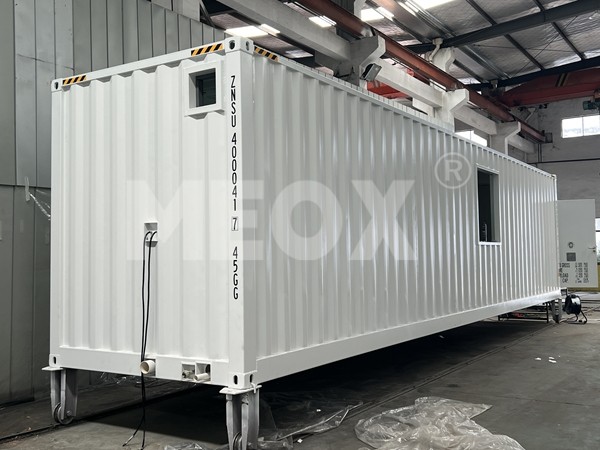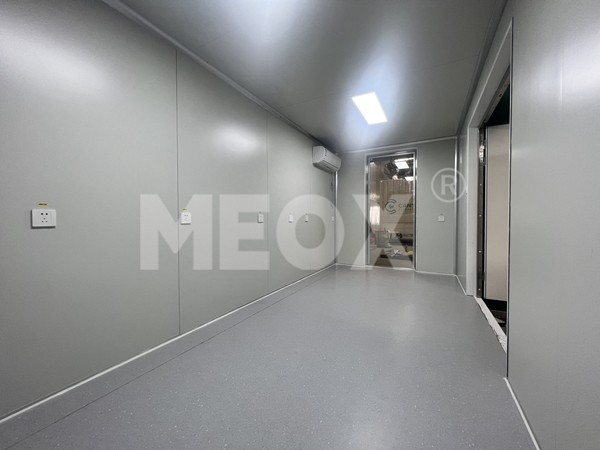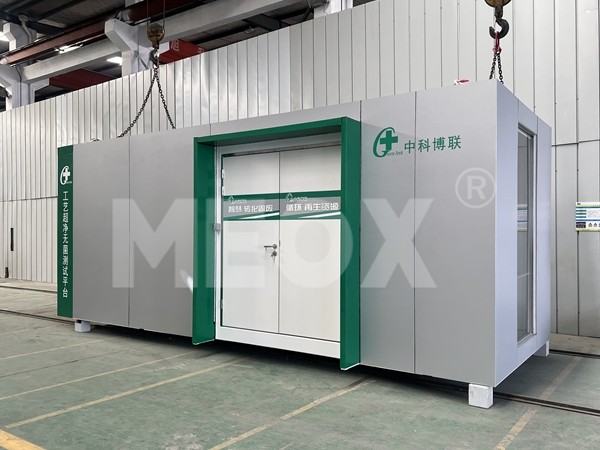Shipping container homes have surged in popularity, providing a cost-effective, sustainable alternative to traditional housing. Constructed from repurposed steel shipping containers, these innovative homes offer a unique solution to the housing crisis, combining modern aesthetics with environmental consciousness.

The journey of building a container home begins with the procurement and modification of standard shipping containers. This approach isn’t just about stacking steel boxes; it involves careful planning and engineering. Experienced builders emphasize the importance of engaging with professionals who specialize in container architecture to navigate structural challenges, such as insulation, ventilation, and waterproofing. Containers, initially designed to withstand harsh sea conditions, are incredibly durable, offering a robust, secure structure. However, this same strength can pose challenges; for instance, the thick steel walls require special tools and expertise for modification.
A key advantage noted by homeowners is the cost-effectiveness of container homes. When compared to traditional building materials like brick and wood, shipping containers significantly reduce overall construction costs. Coupled with reduced labor costs due to the modular nature of containers, many find that container homes provide a viable financial alternative without compromising quality. Moreover, these homes often have faster build times, swiftly moving from concept to completion.

Expert builders evaluate numerous design possibilities that shipping container homes offer. The modularity allows for creative configurations; containers can be easily combined to form expansive, multi-story layouts or simple, minimalist dwellings. Interiors can be customized extensively, maintaining modern conveniences while embracing an industrial aesthetic. Choosing the right kind of insulation is critical, as it impacts the home’s energy efficiency. Some builders recommend spray foam insulation for its superior thermal properties, further reducing heating and cooling costs.
Environmentally, shipping container homes promote sustainability—an increasingly pivotal factor for eco-conscious consumers. By repurposing used containers, homeowners significantly reduce the demand for traditional construction materials, leading to less resource depletion and waste. Additionally, due to their design, these homes can easily integrate green technologies such as solar panels and rainwater harvesting systems, aligning with the principles of eco-friendly living.homes made from shipping containers
Safety and durability are key components that should not be overlooked. Withstanding hurricanes, earthquakes, and other natural disasters is a compelling selling point for many. This inherent resilience, backed by professional reinforcement where necessary, assures homeowners of safety and longevity. Rust and corrosion, while considerations, can be effectively mitigated through proper treatment during construction.
Real-world testimonials from those residing in container homes consistently highlight the adaptability and personalization available. Owners take pride in their ability to reflect personality within these steel canvases, choosing finishes and layouts that encapsulate individual lifestyle preferences. The unique aesthetic appeal of container homes draws inspiration from modern architecture, offering a sleek design that’s both striking and functional.
However, embarking on the construction of a container home necessitates navigating zoning laws and building regulations that vary significantly by location. Expert advice underscores the importance of thorough research and engagement with local authorities to ensure compliance with all relevant regulations and building codes. Permitting processes may seem daunting, but with careful planning and professional assistance, these hurdles can be effectively managed.
For those seeking an innovative, sustainable, and financially feasible housing option, shipping container homes represent an attractive proposition. They blend practicality with modern design, encourage sustainable practices, and offer flexibility that traditional homes often lack. With the right expertise, this modern housing trend not only meets the functional needs of homeowners but also aligns with broader environmental and economic goals. As this movement grows, it reinforces a transformative approach to housing—where creativity, efficiency, and sustainability converge.






